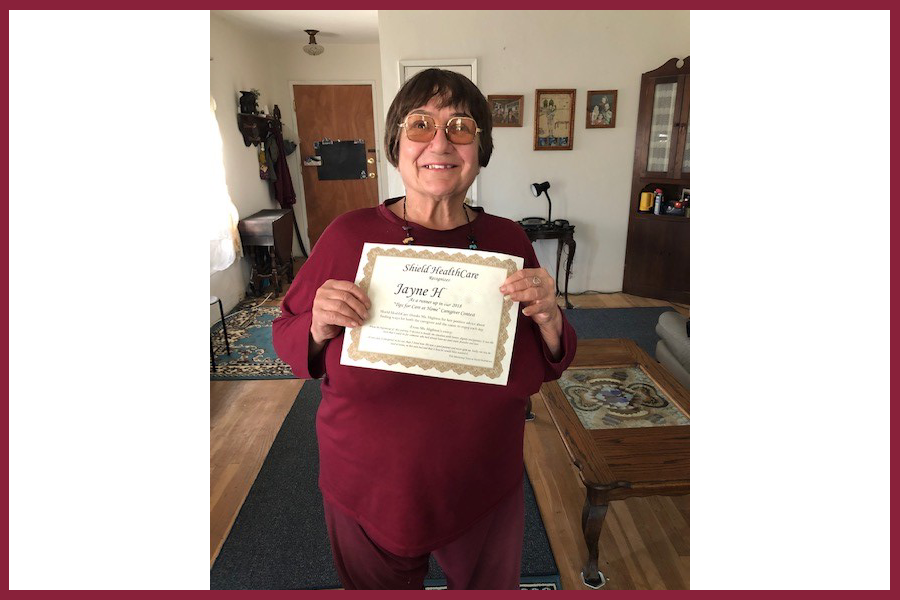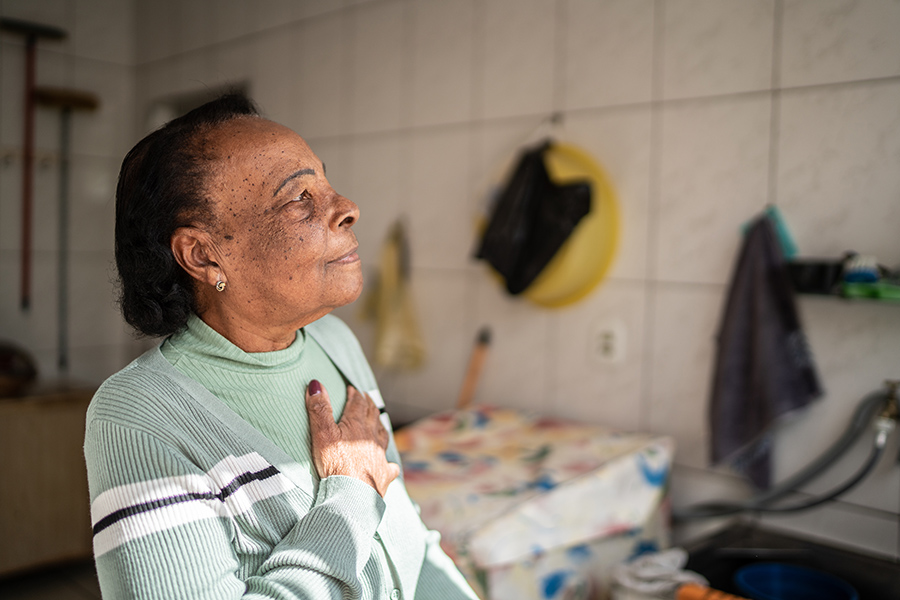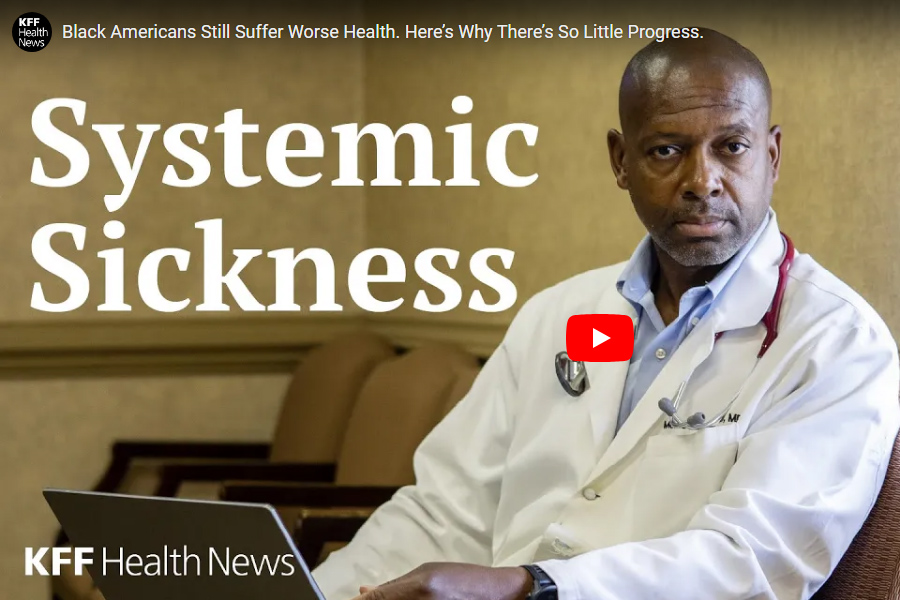Advocacy Doesn’t Have to Mean 100% Inclusion
I want my son Charlie to be with his peers. I want him to roll his wheelchair out onto the playground for recess and sit in the cafeteria during lunch and participate in the Fun Run (where his aide wheeled him in whirligig circles on the track until they laughed so hard neither one could breathe). I want all those things. But I also want more. The truth is, inclusion isn’t always the right choice. There are times when a separation from peers is beneficial.
One week before Charlie’s scheduled third grade fieldtrip to the science center his special education teacher sent me an email. It was matter-of-fact but also kind—two things I appreciate about her. She mentioned that his aide who has been with him since kindergarten said that Charlie did not enjoy the science center the last time they went. His teacher wanted to hear my thoughts.
My reaction was immediate and two-fold:
- Are you implying you do not want my son to come on your fieldtrip?
- Oh yeah, that last trip there was rough.
After taking a few minutes and a few deep breathes, I wrote: “What would the alternative be if he did not go on this trip?”
She offered to let him spend that half of the day in her room, just the two of them, where he could do some extra academic work as well as have some one-on-one fun time and sensory play.
At the mention of sensory play, I flashbacked to the science center again. There were so many sensory triggers there for him. The strobing lights. The kids screaming because they are hyped up on M&Ms and the freedom of being out of school when they are supposed to be sitting in social studies right now. The random dinosaur that roars when you walk past like a robot witch on Halloween.
But…I still felt he needed to go. He should have that experience with his classmates. Get bored alongside them during the extra-long voiceover educational videos from the eighties (which frankly, no one should be made to sit through). Wait in line in the cafeteria and queue for the buses and hand someone his ticket to the planetarium.
But…he had already done this. It had not gone well. Now we had a choice. After talking it over with Charlie and my spouse, we decided to let him stay at school, have a little downtime, a little quiet, and also a little fun with someone who understood his needs and his personality.
I would argue that this is the best form of special education. Not inclusion 100% of the time no matter what, but instead, a collaboration where all parties are willing to consider what would benefit one specific child in one specific circumstance. Charlie is not a box to be checked off and his teacher honored his needs and offered him an alternative to the built-in plan.
If we want our children to be included and educated to the best of their abilities, we must all, parents and teachers, be flexible. We fight for inclusion and we also recognize when inclusion is not the answer. If we call ourselves advocates, we must advocate for practices that will take care of and nurture these children, even if it goes against the inclusion-at-all-costs mentality, because the child, not the agenda, must come first.
We have to be willing to bend our own rules for the benefit of our children. If we expect them to be flexible and adaptable within the school system, we must be also.

Jamie Sumner is a special needs mom and author.
Jamie-Sumner.com
Author of the middle-grade novels:


























